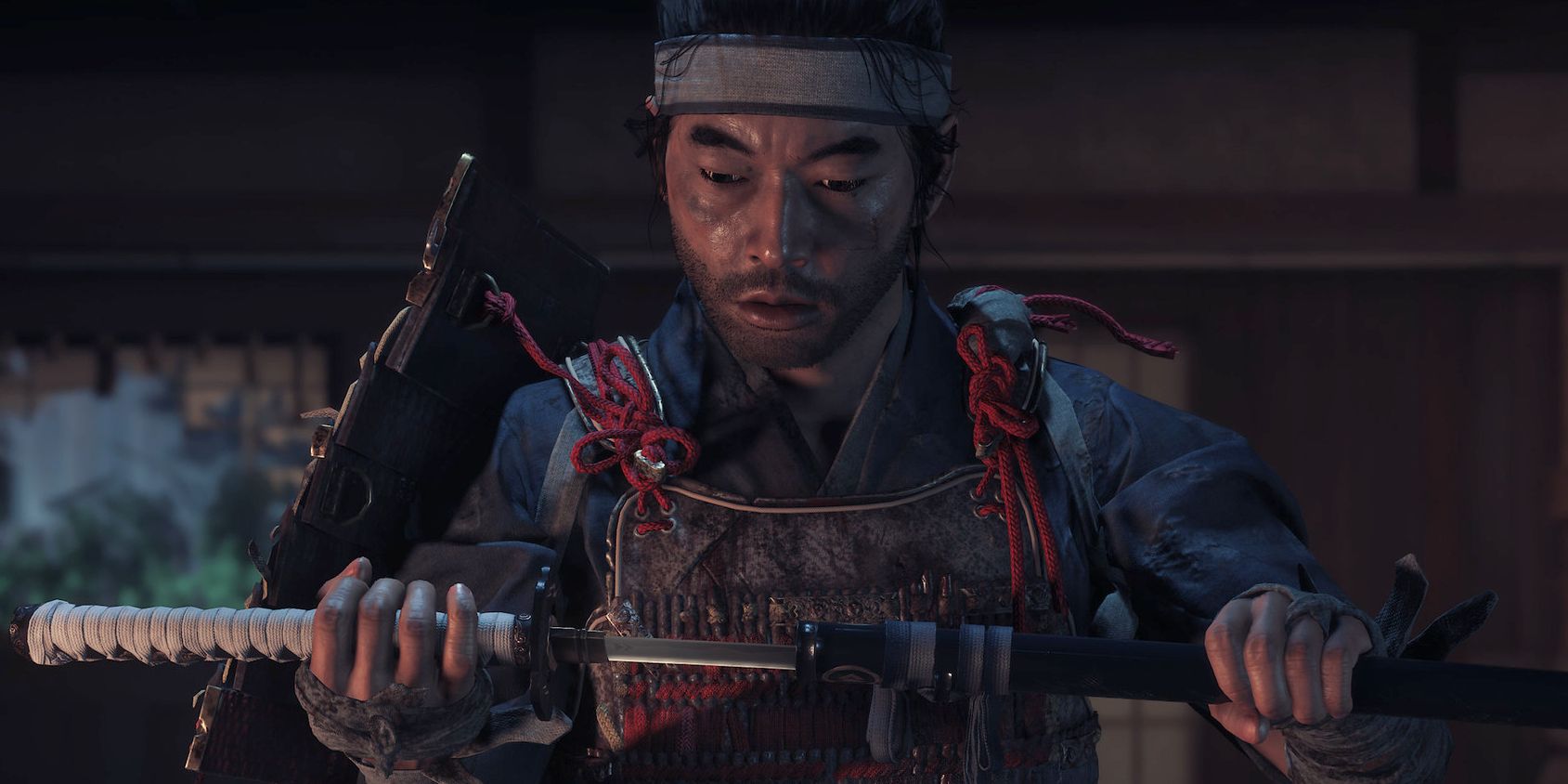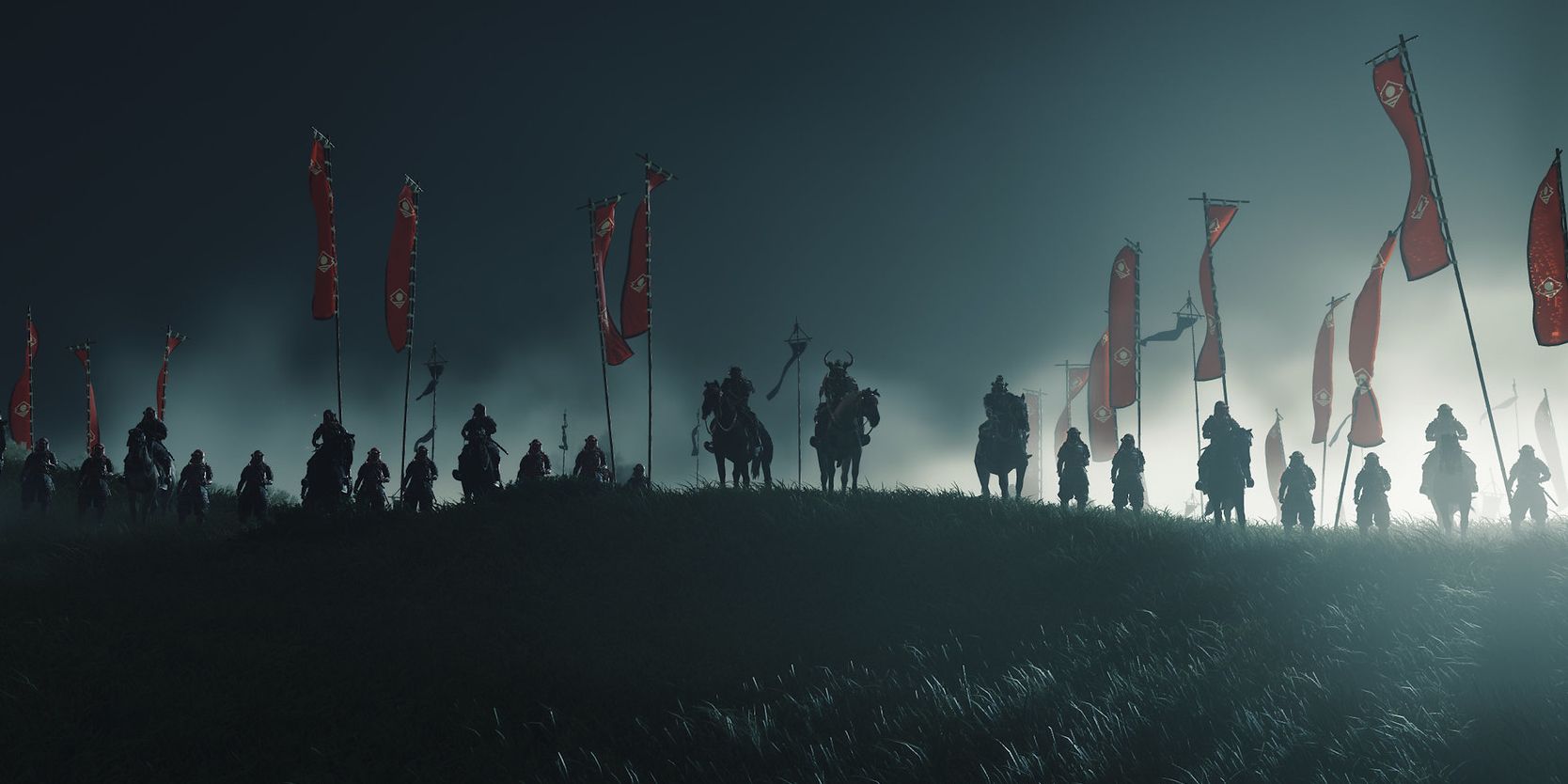Sony's upcoming Sucker Punch-developed samurai story, likely one of the PlayStation 4's swan songs, is inspired by real events, but Ghost of Tsushima strays from history in a number of ways. Although Sucker Punch appears to have taken great care in nailing the game world's authenticity to real-life Japan, Ghost of Tsushima's plot is, at least partially, purposely unfaithful.
Sucker Punch has mentioned on several occasions traveling to Japan - and to the Tsushima Island, specifically - in an effort to make sure its depiction of the country is accurate. Research was conducted with the help of Sony's Japan Studio, as well, helping to ensure greater authenticity. Sucker Punch has even consulted real-life samurai during Ghost of Tsushima's development, presumably to learn more about how the Japanese warriors would have fought in the 13th Century, when the game's story takes place.
Ghost of Tsushima is based on the first Mongol invasion of Japan in 1274. In the real invasion, the Mongols' path took them first to Tsushima Island, located between Korea and the Japanese mainland. Under the command of Kublai Khan, Genghis Khan's grandson, the Mongols fought against a small army of Japanese warriors on Tsushima, led by the Sō daimyo family. The local warriors - overwhelmed by the Mongols' superior numbers and more advanced, gunpowder-fueled weaponry - were defeated, and the population was massacred. After leaving Tsushima, the Mongols continued their raids on Japan's nearby islands, but the invaders were eventually repelled when a typhoon destroyed much of their fleet in Kyushu, Japan. This storm later became known as the kamikaze ("divine wind") of 1274 (via Britannica).
Ghost of Tsushima fictionalizes several elements of this history. For starters, Sucker Punch's Mongol army is led by the fictional Khotun Khan, and Tsushima's ruler is fictional, too - a man named Shimura. Events seen in Ghost of Tsushima's trailers indicate Shimura's battle with the Mongols goes just about as well as it did in real life, but it appears Shimura survives, and so does his nephew, protagonist Jin Sakai. Given he's the playable character, it's no surprise Jin forms the basis of Ghost of Tsushima's largest departure from history. Rather than being a stand-in for an actual person like Kublai Khan, Jin is essentially a stand-in for 1274's kamikaze. As Sucker Punch Game Director Nate Fox told Variety, "Our hero isn’t a hurricane, he’s a man, and we actually acknowledge that change with his sword that’s engraved with storm wind designs."
While the storm could end up impacting the Mongols at some point in the game, too, Jin will at least help it out significantly, fighting off the invading soldiers himself. This will require players to adopt a "samurai commando" fighting style, using stealth tactics and the Mongols' bombs against them. Along with the historical changes, Sucker Punch noted at E3 2018 that the game's Tsushima Island itself is being reinterpreted to better suit a video game, with added locations to provide players more points of interest. Fans will be able to learn more about the game's historical roots after it's released, as several of the Ghost of Tsushima special editions come with a director's commentary that compares it to real life with the help of a Japanese historian.
Ghost of Tsushima releases for PlayStation 4 on June 26, 2020.


